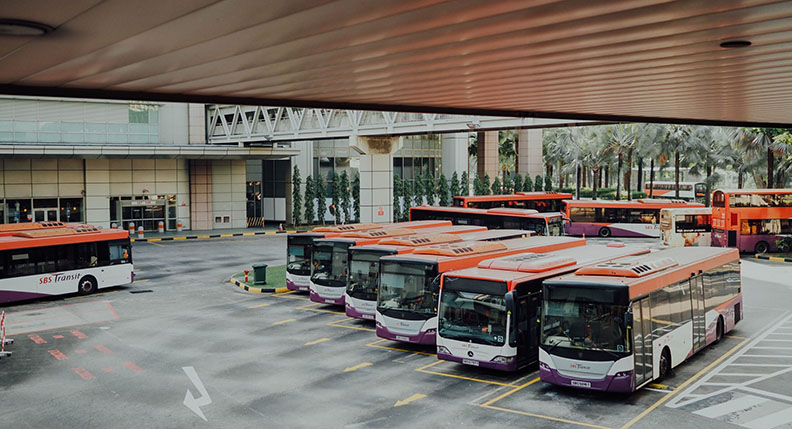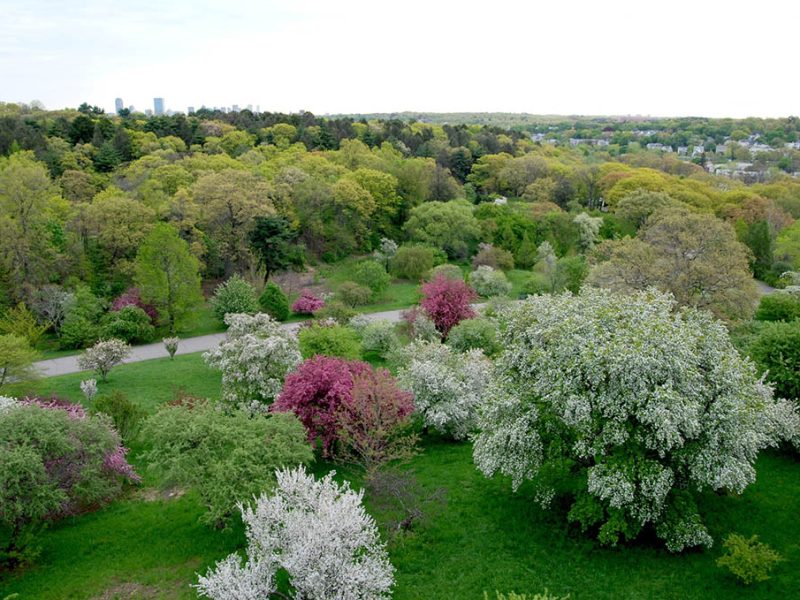I am excited to share some essential tips for your upcoming trip to Seville. These practical suggestions cover dining times, packing essentials, and places you need to book in advance, ensuring a smooth and enjoyable travel experience. Special thanks to trivago.co.uk for providing detailed travel routes and advice, making your journey through Seville even more delightful.
Book Tickets for Alcázar Palace in Advance
The Alcázar Palace (Real Alcázar de Sevilla) is one of Seville’s most famous attractions and one of the oldest palaces in Spain. With its stunning architecture and beautiful gardens, it’s a must-see for any visitor. The palace is a UNESCO World Heritage Site and an excellent example of Mudéjar architecture, showcasing intricate designs and a blend of different cultural influences.
Due to its popularity, tickets to the Alcázar Palace are often in high demand. To ensure you can visit this iconic site, it is advisable to book your tickets online in advance. This not only helps you avoid long queues but also allows you to choose the best time for your visit. Through trivago.co.uk, you can conveniently book your tickets and receive additional travel advice and route planning to enhance your experience.
Seville Etiquette
Understanding local customs and etiquette is essential for a respectful and enjoyable visit to Seville. Here are some key points to keep in mind:
Greeting Etiquette
In Seville, greetings are an essential part of social interactions. When you meet someone, especially for the first time, it’s important to use proper greetings to make a good impression. Here are the detailed aspects of greeting etiquette in Seville:
- Initial Greetings: When meeting someone for the first time, a simple verbal greeting like “Hola” (hello) or “Buenos días” (good morning) is appropriate. These greetings are polite and set a friendly tone for the conversation.
- Physical Greetings: Among friends and acquaintances, it’s customary to greet with a kiss on both cheeks. This is typically done by leaning in and lightly touching cheeks while making a kissing sound. Men usually shake hands, though closer male friends might also kiss cheeks.
- Respectful Address: Use formal titles such as “Señor” (Mr.), “Señora” (Mrs.), or “Señorita” (Miss) followed by the person’s last name if you are addressing someone older or in a position of authority. This shows respect and politeness.
Dining Etiquette
Dining is an integral part of Spanish culture, and understanding the local dining etiquette will help you enjoy meals while respecting local customs:
- Waiting to Start: It is considered polite to wait until the host invites everyone to start eating. This shows respect for the host and the communal nature of the meal.
- Conversation: Engage in light, pleasant conversation during meals, maintaining a moderate volume. Avoid discussing controversial topics such as politics or religion. Spaniards enjoy talking during meals, but it is important to be considerate of the noise level.
- Table Manners: Keep your hands visible, but do not rest your elbows on the table. Use utensils for most foods, and tear bread with your hands rather than using a knife.
- Expressing Gratitude: At the end of the meal, express your appreciation by saying “Gracias” (thank you) to the host. If dining out, it’s also courteous to thank the server.
Dress Etiquette
Dressing appropriately shows respect for local customs and the settings you are in:
- Religious Sites: When visiting churches or other religious sites, dress modestly. This means covering your shoulders and avoiding short skirts or shorts. Men should avoid wearing hats inside religious buildings.
- Formal Settings: In upscale restaurants, theaters, or formal events, opt for smart casual or formal attire. Men might wear a collared shirt and trousers, while women could wear a dress or a blouse with a skirt or slacks.
- Casual Settings: Casual attire is acceptable for everyday activities, but Spaniards generally take pride in their appearance. Even when dressing casually, aim to look neat and presentable.

Punctuality
Understanding the Spanish approach to time can help you navigate social and business situations smoothly:
- Relaxed Approach: In social settings, Spaniards have a more relaxed attitude toward time. Being a few minutes late to a casual gathering is usually acceptable. However, it is polite to inform your host if you expect to be significantly late.
- Formal Settings: In business meetings, appointments, or formal events, punctuality is appreciated. Arriving on time shows respect for the other party’s schedule and is considered professional behavior.
- Cultural Events: For cultural events like theater performances, concerts, or sports events, it is important to arrive on time. These events typically start promptly, and arriving late can be disruptive.
Health and Safety in Seville
Ensuring your health and safety while traveling in Seville is crucial. Here are some tips to help you stay safe and healthy:
- Water Safety: The tap water in Seville is safe to drink, but if you are sensitive to water quality, opt for bottled water.
- Sun Protection: The summer sun in Seville can be intense, so be sure to carry sunscreen, hats, and sunglasses to protect yourself from sunburn.
- Medical Services: Familiarize yourself with local medical facilities and emergency contact numbers. If you feel unwell or encounter an emergency, seek medical help promptly. Seville has high-quality healthcare services, but it is advisable to have travel insurance for added protection.
- Transportation Safety: Seville’s public transport system is reliable. Use registered taxis or public transport, and keep an eye on your belongings to avoid theft. Avoid displaying valuables in crowded places.
Dining Times and Culinary Culture
Dining times in Seville differ from many other places. Understanding these customs will help you integrate into local life:
- Breakfast (Desayuno): Typically between 7 AM and 10 AM. Breakfast is usually light, including items like coffee, juice, and bread.
- Lunch (Almuerzo): The main meal of the day, usually enjoyed between 2 PM and 4 PM. Lunch is hearty and often includes appetizers, main courses, and desserts.
- Dinner (Cena): Usually served late, between 9 PM and 11 PM. Dinner is lighter, often consisting of tapas and small dishes.
- Afternoon Snack (Merienda): Between 5 PM and 7 PM, people enjoy a light snack like coffee, tea, and pastries.
Sampling the local cuisine is a must in Seville. Be sure to try traditional dishes such as paella, Iberian ham (Jamón Ibérico), and cold soup (Gazpacho). Don’t miss out on tasting local sherry (Sherry), a specialty of Andalusia.
Packing Essentials
When packing for your trip, consider the season and your planned activities:
- Clothing: Summers are hot, so pack light, breathable clothing like t-shirts, shorts, and sandals. Winters are mild, but mornings and evenings can be cool, so bring a jacket and long pants.
- Sun Protection: Sunscreen, sunglasses, and hats are essential, especially for summer travel.
- Comfortable Walking Shoes: Many attractions in Seville require walking, so bring comfortable shoes.
- Travel Essentials: Don’t forget toiletries, medications, a camera, and chargers.
- Travel Documents: Ensure you have your passport, ID, tickets, and hotel reservations. Keep electronic copies of important documents.
The Importance of Booking in Advance
Booking in advance can save you time and ensure you don’t miss out on key attractions. Here are some recommendations for things to book ahead:
- Attraction Tickets: For popular sites like the Alcázar Palace, Seville Cathedral, and Flamenco shows, book tickets online in advance to avoid queues and sold-out situations.
- Accommodation: Use trivago.co.uk to book your hotel. Choose a hotel in the city center for easy access to attractions.
- Restaurants: Popular restaurants and Flamenco show venues often require reservations, especially during peak tourist seasons. Make reservations in advance to secure a spot.
- Transport: If you plan to rent a car or book long-distance bus and train tickets, do so in advance for better prices and availability.
Getting Around Seville

Seville’s transportation system is convenient and efficient. Here are some tips for getting around:
- Public Transport: Seville has a well-developed public transport system, including the metro, buses, and trams. Consider purchasing a transport card (Tarjeta de Transporte) for easy access.
- Taxis: Taxis are a common mode of transport. Use registered taxis and ensure the meter is running.
- Walking and Cycling: Many attractions are within walking distance in the city center. Additionally, there are numerous bike rental stations, making cycling a great way to explore.
- Car Rentals: If you plan to explore the outskirts or other cities, renting a car is a good option. Be aware of local traffic rules and parking regulations.
Practical Information
- Language: Spanish is the official language in Seville. Learning a few basic Spanish phrases can enhance your travel experience.
- Currency: Spain uses the Euro (EUR). Carry some cash, but most shops and restaurants also accept credit cards.
- Time Zone: Seville operates on Central European Time (CET), which is one hour ahead of Greenwich Mean Time (GMT).
- Emergency Contact: In case of emergencies, dial 112 for immediate assistance.
Thanks to trivago.co.uk for providing detailed travel routes and recommendations, helping us better prepare for our trip to Seville. I hope this article offers valuable insights for your journey, ensuring a memorable experience in Seville. From its rich culture and delicious cuisine to its stunning architecture and vibrant nightlife, Seville has something to offer every traveler. Have a wonderful trip and enjoy every moment!



